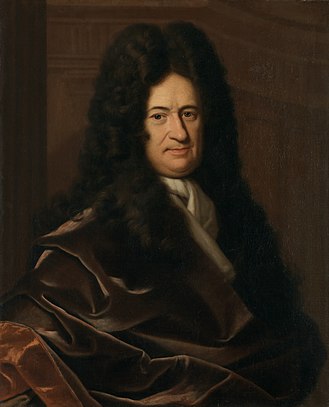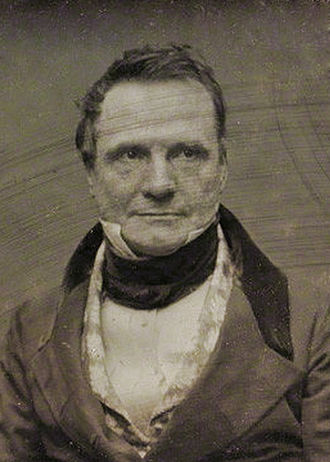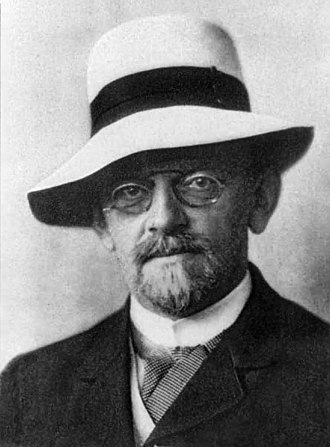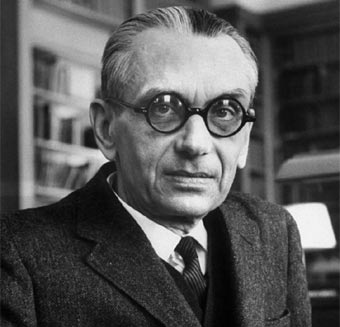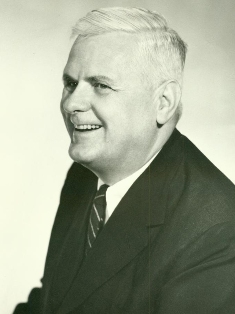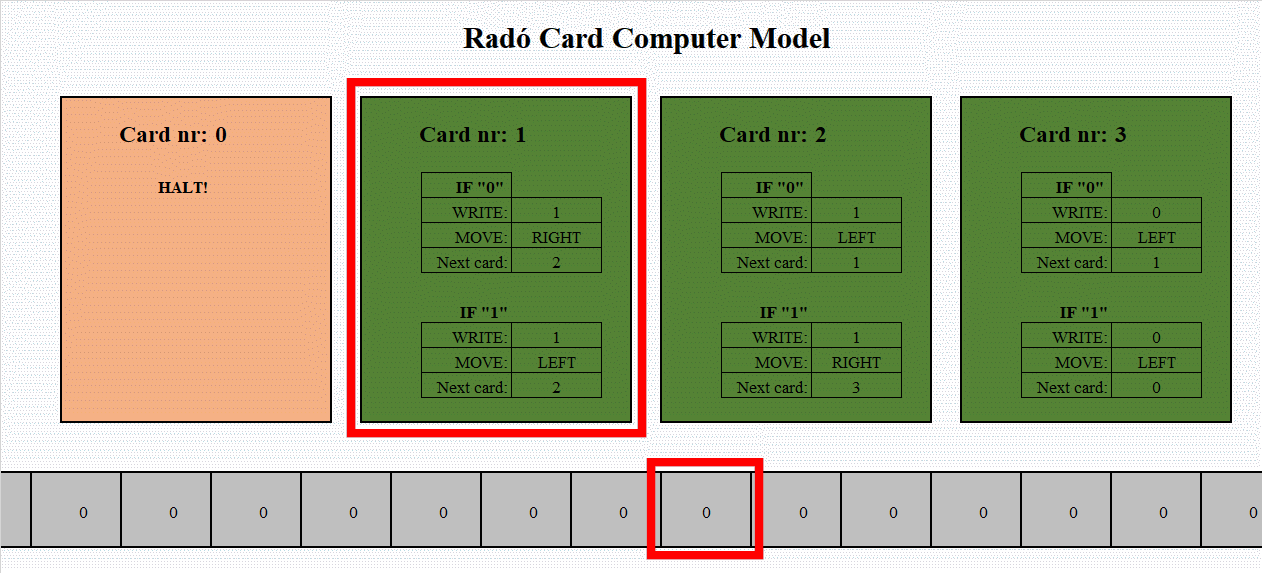The
Entscheidungsproblem is related to the idea that if you reduce a mathematical proof
to its
bare bones, you end up with using a small set of “logically
allowed rules” to get from a “true
statement” to
another “true statement”. The whole proof can be
broken
down into a chains of these rule applications. If you follow the chains
“upstream”, you end up at the “Axioms”. The
axioms cannot be proven (or no one knows how). But there only a few of
them, and they form the basis of a mathematical theory. Euclid (300 BC)
showed how you could do geometry from just a few axioms. In the Greek
days, an axiom was thought to be some kind of “god given
truth”. But then in more recent centuries, people started
trying
to modify the set of axioms. In some cases, this led to equally
consistent and interesting theories. The famous example is
“non
Euclidean geometry”, as in Einstein’s general
relativity.
The modern view of axioms is that they are a small set of statements,
that in combination with precise rules, define an interesting theory.
Perhaps one of these is the theory of our universe.
So it would appear there are lots of different axiomatic systems. BUT:
If they are sufficiently sophisticated, Turing complete to be more
specific, they can imitate all others, as we will see later.
OK,
so what is the Entscheidungsproblem? It asks if all mathematical
statements like “31 is a prime number”, can either
be proven to be true, or proven to be false. Starting from the axioms,
and using only the valid logic rules that we defined beforehand.
In our daily lives, we
generally think that statements are generally
either true or false. If they are neither, then we get an eerie feeling
that something is deeply wrong. So Hilbert felt the answer to the
Entscheidungsproblem is probably YES, and that would be a great triumph
of mathematics! But a few years after 1928, when Hilbert first posed
the question, Gödel proved in 1931 that the answer was NO!



